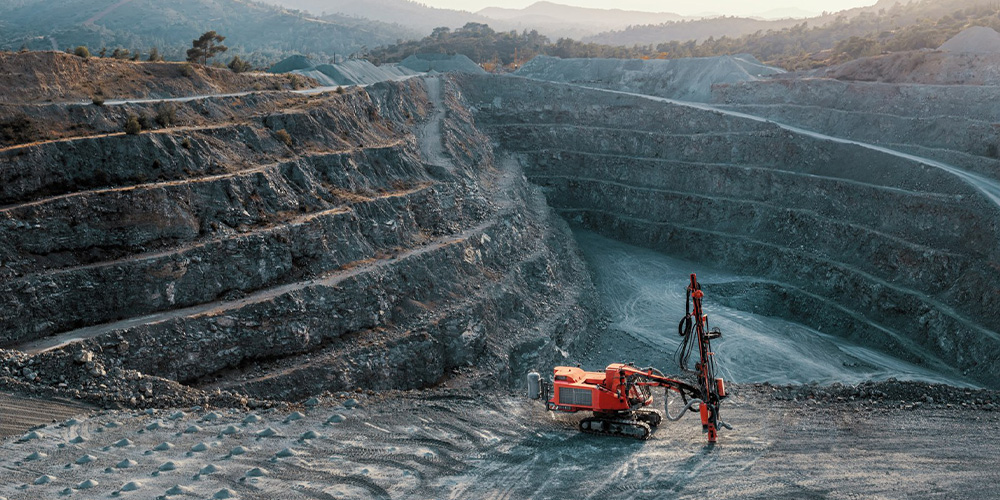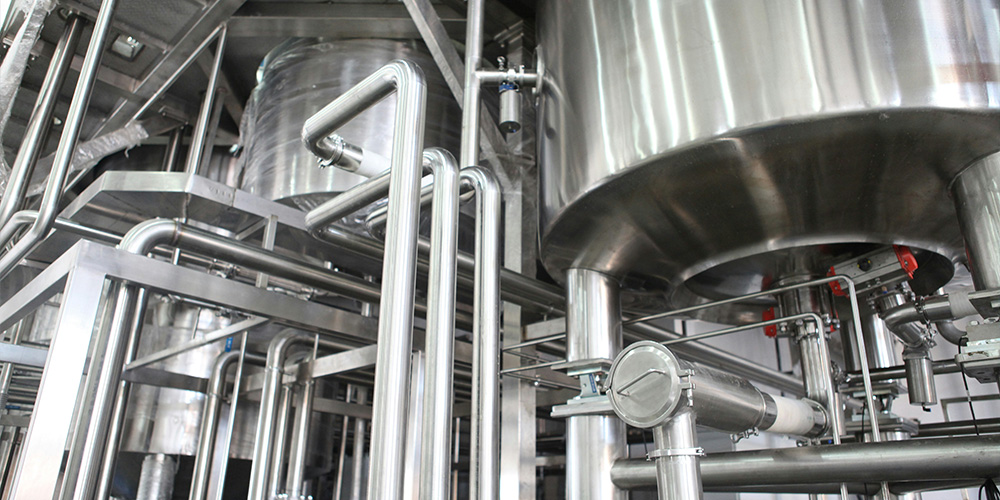Lithium
The Essential Element Driving the Green Energy RevolutionThe growing demand for clean energy solutions has thrust lithium into the spotlight as one of the most crucial elements of our time. As a cornerstone of modern battery technology, lithium plays a vital role in everything from electric vehicles to grid-scale energy storage.
%
Global lithium demand growth by 2030
%
Europe's dependence on Chinese lithium
%
Recycled Lithium mandatory in batteries by 2036
Understanding Lithium Sources: From Brine to Rock

Brine Deposits
Lithium-rich brine deposits, found primarily in South America (Chile & Argentina mainly) represent approximately two third of global lithium resources. These deposits are formed in salt flats, or “salars” where lithium-containing groundwater has been concentrated through natural evaporation.
The extraction process begins with pumping brine into evaporation ponds, where it undergoes natural solar evaporation over 12-18 months.
The next stage involves the concentration and purification of lithium compounds, that can be used for several applications.

Hard Rock Mining
Hard rock mining, particularly from spodumene deposits, is another major source of lithium.
Australia leads global production of spodumene concentrate through this method. The process involves traditional mining of lithium-bearing minerals, followed by concentration through crushing and processing.
The extracted material then undergoes pyrometallurgical treatment to produce various lithium compounds suitable for commercial applications.

Emerging Sources
As demand grows, innovative extraction methods are being developed.
Geothermal waters are showing promise as a sustainable lithium source. Additionally, recycled batteries are becoming an increasingly important source of lithium due to different European regulations that mandate a minimum amount of recycled material in EV batteries.
These regulations aim to support circular economy initiatives and reducing environmental impacts.
Understanding the Differences Between Lithium Carbonate and Lithium Hydroxide
Lithium Carbonate (Li₂CO₃) and Lithium Hydroxide Monohydrate (LiOH·H₂O) are two crucial compounds in the lithium industry, each with distinct properties and applications.
1. Chemical Composition and Properties
Lithium Carbonate is an inorganic compound composed of lithium, carbon, and oxygen. It appears as a white crystalline powder and is relatively stable, not reacting vigorously with most substances. This stability makes it suitable for a variety of applications, including the production of lithium-ion batteries, ceramics, and glass. Additionally, it is used in the pharmaceutical industry to treat bipolar disorder due to its mood-stabilizing properties.
In contrast, Lithium Hydroxide Monohydrate consists of lithium, hydrogen, and oxygen. It is a highly alkaline compound that appears as a white, hygroscopic solid. Its high reactivity, especially with acids, makes it a preferred choice in different industrial applications. When it reacts with acids, it forms lithium salts and water, and it also reacts with carbon dioxide to produce lithium carbonate.
2. Applications in Industry
The applications of these compounds differ significantly due to their chemical properties. Lithium Carbonate is primarily used in the production of lithium-ion batteries, particularly in the cathodes of lower energy density batteries like those using lithium iron phosphate (LFP) chemistries. It is also essential in the manufacture of ceramics and glass, where its stability and specific properties are beneficial.
Lithium Hydroxide Monohydrate, on the other hand, is predominantly used in the production of high-energy-density cathode materials for lithium-ion batteries, such as those used in electric vehicles. This is because it has a lower decomposition temperature, which enhances battery performance and longevity. Additionally, it is used in air purification systems and as a pH regulator in various chemical processes.
3. Market Demand and Production
The demand for these compounds is driven by their respective applications. The global market favours battery-grade lithium hydroxide for use in nickel cathode chemistries, which are essential for high-performance batteries. This demand is expected to grow significantly as the electric vehicle market expands. Conversely, lithium carbonate remains in high demand due to its broader range of applications and its role in the production of LFP batteries, which are popular in certain regions like China.
4. Environmental and Economic Considerations
From an environmental and economic perspective, the production methods for these compounds also differ. Lithium carbonate is often derived from lithium brine sources, which are cheaper to refine. However, lithium hydroxide can be produced directly from spodumene, a lithium-containing mineral, which can be more cost-effective in certain contexts. Innovations in refining technologies are continually evolving to make the production of both compounds more sustainable and efficient.
In summary, while both Lithium Carbonate and Lithium Hydroxide Monohydrate are vital to the lithium industry, their distinct chemical properties and applications cater to different market needs.
Understanding these differences is crucial for selecting the appropriate compound for specific industrial applications, ensuring optimal performance and sustainability.
Global and European lithium demand
Global demand for lithium chemicals is projected to exceed 2 million tons LCE by 2028, up from 801 kt LCE in 2022, and is expected to surpass 3 million tons LCE by 2033. China’s consumption is largely driven by battery-grade lithium carbonate, favoured by the local EV industry’s preference for LFP chemistries, which made up 64% of their total battery chemistry in 2022. In contrast, the global market prefers battery-grade lithium hydroxide for nickel cathode chemistries. By 2033, demand for battery-grade lithium hydroxide is anticipated to exceed 1.3 million tons LCE, rising from 348 kt LCE in 2022.
In Europe, demand for lithium chemicals reached 135,000 tons LCE in 2022, a significant increase from 10,000 tons LCE in 2016, driven by the surge in EV sales. The Nordic countries lead with an EV penetration rate exceeding 80% since 2022, while the rest of Europe is around 15%. This growth highlights the essential role of lithium in advancing sustainable energy solutions.
Traditional lithium applications
While batteries dominate the conversation around lithium, this versatile element serves numerous industries. In ceramics and glass manufacturing, lithium enhances heat resistance and improves product durability. The aerospace sector benefits from lightweight aluminum-lithium alloys and high-performance lubricants. The pharmaceutical industry relies on lithium compounds for various mental health medications and mood stabilizers.
The Future of Lithium Technology
At Viridian Lithium, we are pioneering the future of the lithium industry with our unwavering commitment to recycling and sustainable innovation. As the global demand for lithium chemicals surges, our state-of-the-art recycling technologies ensure the efficient reuse of valuable lithium resources, thereby bolstering a robust circular economy.
Our cutting-edge purification processes are designed to minimise water consumption while producing superior battery-grade lithium hydroxide, adhering to the highest sustainability standards.
By introducing these advanced solutions to the market, Viridian Lithium is not only addressing the future needs of the industry but also leading the charge towards a greener, more resource-efficient world.

Want to know more about lithium chemicals production?